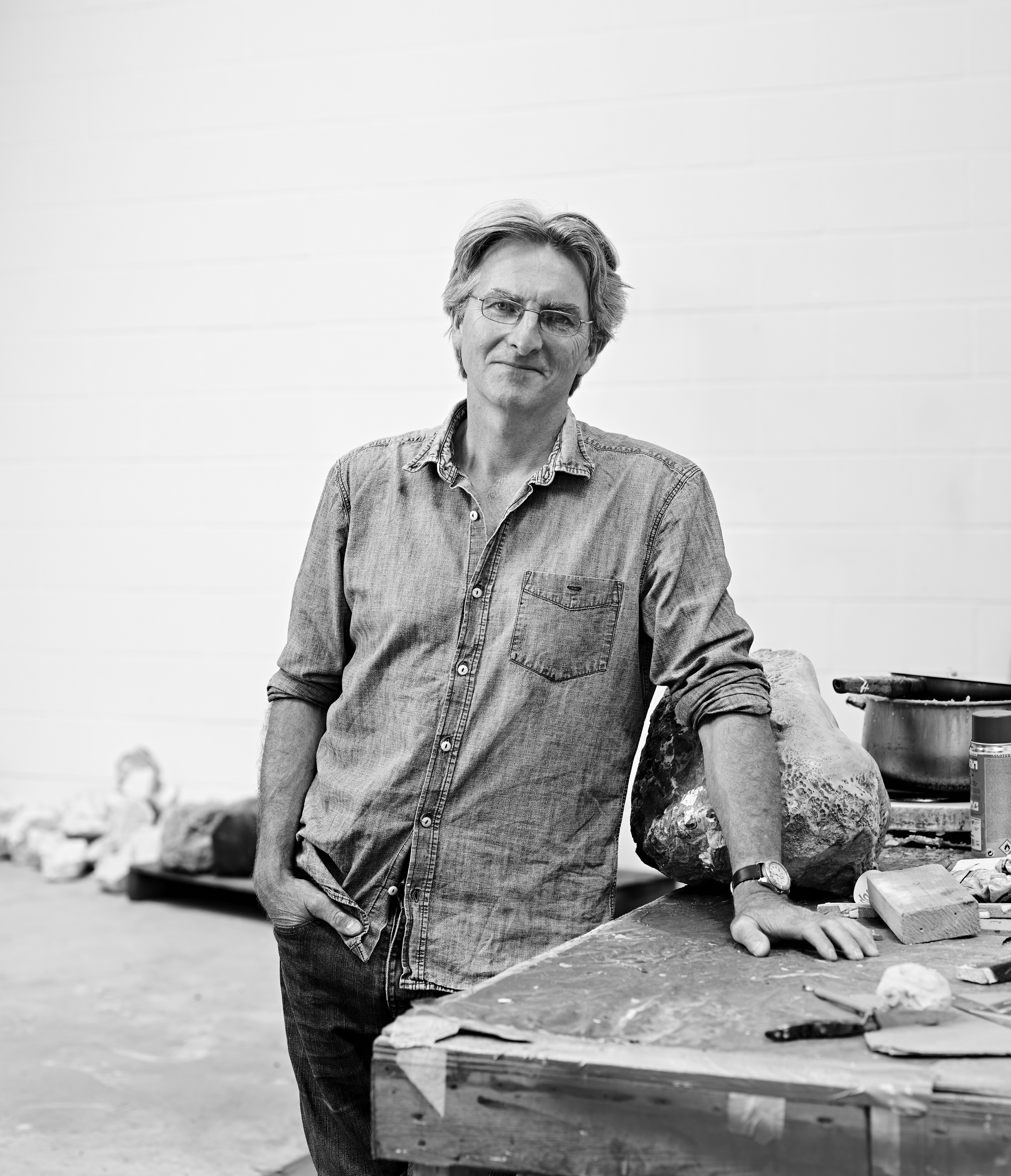
If you had deep pockets and a large plot of land, you might construct elaborate gardens or a sculpture park. But neither of those options were of interest to Terence Kearley, Third Viscount Devonport. The patriotic aristocrat has instead commissioned a sculptor to create a dramatic, 180-foot-tall monument to celebrate the reign of Queen Elizabeth II.
The landowner-turned-art patron considered proposals from three artists and this week announced that he has chosen the British sculptor Simon Hitchens to create the $2.6 million monument, called the Elizabeth Landmark. The mountaineer and sculptor plans to work with a group of engineers to execute the ambitious hilltop work.
Now that Lord Devonport has secured an artist and approved a design, he would like to get the royal seal of approval. Ideally, he hopes to convince the Queen herself to inaugurate the Corten steel monument, a spokeswoman for the project tells artnet News. He plans to write to Buckingham Palace with the request.
Rendering of Simon Hitchens, Ascendant (2018). © Simon Hitchens.
Hitchens, who is a fellow of the Royal Society of Sculptors, has designed a 200-ton angled column of steel that points south and will be aligned with the sun at its peak during the summer equinox. An 85-meter-long slice of earth will be carved out of the hilltop below, making it look as if the column has come out of the hillside like a lever. The work “is a piece of land art, really,” Hitchens says. “I hope it will be judged on those terms.”
The carved-out hilltop, as well as surrounding sunken elliptical paths, will serve both a practical and aesthetic purpose. They will provide much-needed shelter for visitors, who would otherwise be exposed to strong winds. “Inevitably, we’ll need to pull in a specialized wind engineer,” Hitchens says.
Simon Hitchens’s design for Elizabeth Landmark sculpture, © Simon Hitchens.
Rather than incorporating traditional royal references or a direct likeness of the Queen, the piece aims to reflect the industrial history of the North of England. Coal and iron ore were long mined nearby.
The artist learned this week that his sculpture already has a nickname among the locals. “They are calling it the Wanney Wing,” he says—a reference to a cliff that is opposite the site.
With 14 public commissions in the UK under his belt since 2000, Hitchens is prepared for a host of technical issues, as well as pressure to trim costs. One thing cannot change, however: The height of the work has to remain 180 feet, the same height as the nearest cliff. The next stage for the project is to secure planning permissions; then, fundraising will begin in earnest.
Rendering of Simon Hitchens, Ascendant (2018). © Simon Hitchens.
As a mountain climber, Hitchens is no stranger to working in extreme conditions. He is also a member of an artistic dynasty. Hitchens’s grandfather was the celebrated landscape painter Ivon Hitchens, and his father is John Hitchens, best known for his abstract landscapes. His great-grandfather, Alfred Hitchens, was also a professional artist. “There is a lineage of landscapes in my forefathers. Here I am doing it, albeit in the language of three dimensions,” he says.